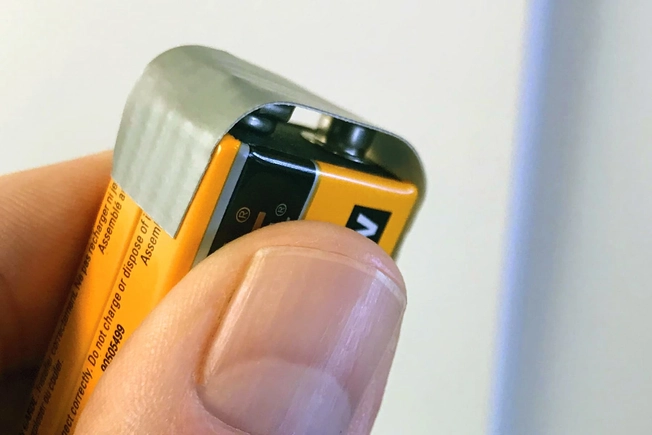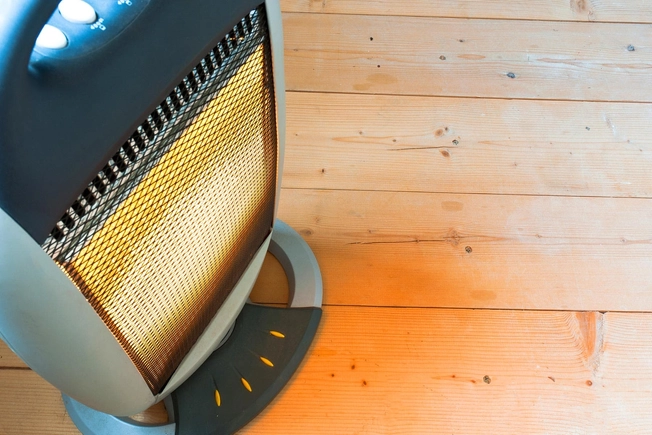Common Household Hazards


Not Enough Smoke Detectors
You might not be alerted to a fire if you have too few of them or they're too far away. Put them on every level of the house, inside each bedroom, and just outside any bedroom areas, too. Experts recommend that you connect your smoke alarms so when one goes off, they all do. That helps if someone has a hearing problem, has headphones or earbuds on, or is doing something noisy (like using a hair dryer). Smoke alarms aren’t intended to tell you where the fire is -- and remember, fire can spread quickly -- but to warn you to get out ASAP. Test smoke alarms once a month, change the batteries every 6 months, and replace each device every 10 years.

Batteries
Small kids might swallow tiny "button" batteries used in electronics. Get to a hospital if that happens. Nine-volt batteries, when out of the package, are a fire hazard because the connection points are close together. If they touch metal like paper clips or steel wool, the battery can heat up and catch fire. To stay safe, cover the connection points with electrical or duct tape.

Lint in Your Clothes Dryer
Dryers cause 3,000 fires every year. The leading culprit? Lint. Remove it from the filter before each load of laundry. And once a year, clean the vent tube that sends air outside. Hire a service if you're not sure how. Replace your vent tube if it's an "accordion-style" because lint can build up in the folds.

Tipped Over TVs
It's a problem for everyone, but especially kids. It makes sense when you learn that a 65-inch flat-screen weighs around 70 pounds. Don't put your TV on furniture that feels unstable. And avoid TV stands with drawers, which kids can pull out and climb up. To be extra safe, mount the TV with bolts into the studs of the wall or secure it with special "anti-tipping" straps.

Gas Furnace
A healthy furnace makes a little carbon monoxide -- a poisonous gas you can't see or smell -- that leaves the house through a vent. A poorly-kept furnace is a fire hazard and can put deadly amounts of the gas into your home. Change the filter regularly, and keep the furnace area clean. A certified technician should check your unit every year, especially for cracks that you may not be able to see with the naked eye.

Missing a Carbon Monoxide Detector
Gas furnaces aren't the only source of carbon monoxide. Clothes dryers, water heaters, fireplaces, gas stoves, cars, grills, and lawn equipment all make it. Get to a hospital if you suspect carbon monoxide poisoning. Symptoms can seem like the flu. Install a carbon monoxide detector and properly vent anything that burns fuel inside. Never use outdoor equipment in your house.

Too Much Clutter
Kids and grown-ups alike can easily trip on things you leave strewn around the house. So make sure you tuck away cords, rugs, toys, and pillows. Keep stairs and hallways well lit and outdoor walkways clear of puddles and ice.

Swimming Pools
A pool without a fence is a drowning hazard for children. Put up a barrier that's at least 4 feet high, along with child-proof latches. Alarms on all doors that lead to the pool can also help. Pool covers give another layer of protection, but keep the controls hidden away.

Space Heaters
It pays to get newer models, which have more safety features. Pick one that has a "UL" label, a safety certification that's recognized by the U.S. government. Make sure it's the right size for the room that you want to heat. Get one with a safety switch that turns the machine off when it's knocked over. Put it on a level surface away from areas where people often walk.

Guns
Tragic accidents can happen when you don't store a gun safely. Kids can get hold of them, and so can a family member with suicidal thoughts. Keep all your weapons unloaded and put them in a locked vault, cabinet, or storage case. Lock up the bullets in a separate place, and keep the keys well hidden.

Furniture Upholstery
A lot of house fires start out on a comfy couch. Smoking while you're lounging around is a common cause. Take care with cigarettes, pipes, and cigars, as well as candles, space heaters, and lighters, especially when kids are around.

Opioids
The painkillers in your medicine cabinet can be risky. There's a chance you or someone in your family can get addicted or have an overdose. Never take more than your doctor tells you, and don't share with other people. Keep your pills locked away and hidden from sight. Ask your doctor about the right way to get rid of extras.

Radon Gas
You can't smell it or see it, but it can lead to lung cancer. It comes from the natural breakdown of uranium in soil, rock, and water and can get into your house through cracks in floors and walls and gaps made by plumbing pipes and electrical wiring. About 1 in 15 homes has high levels. You can check for radon with a home test kit, or ask a professional.

Ladder
If you don't follow safety tips, you can easily fall and get seriously hurt. Choose the right ladder for the task and learn how to use it properly. Place the base on firm, solid ground and avoid wet, slippery, or soft surfaces. No matter how often you use it, pay attention to what you are doing with every single step. If it's windy, rainy, wet, or muddy, don't climb. Put off your work until the weather is safe.

Mold
This fungus puts tiny spores into the air that can cause breathing problems, asthma, and other allergies. It loves fresh foods, plants, and damp areas like basements, sinks, toilets, and bathtubs. Clean the kitchen often, especially refrigerator bins and seals. Quickly fix any leaks in your home. Wash fresh fruits and veggies before you put them away, and throw them out before they start to get moldy.